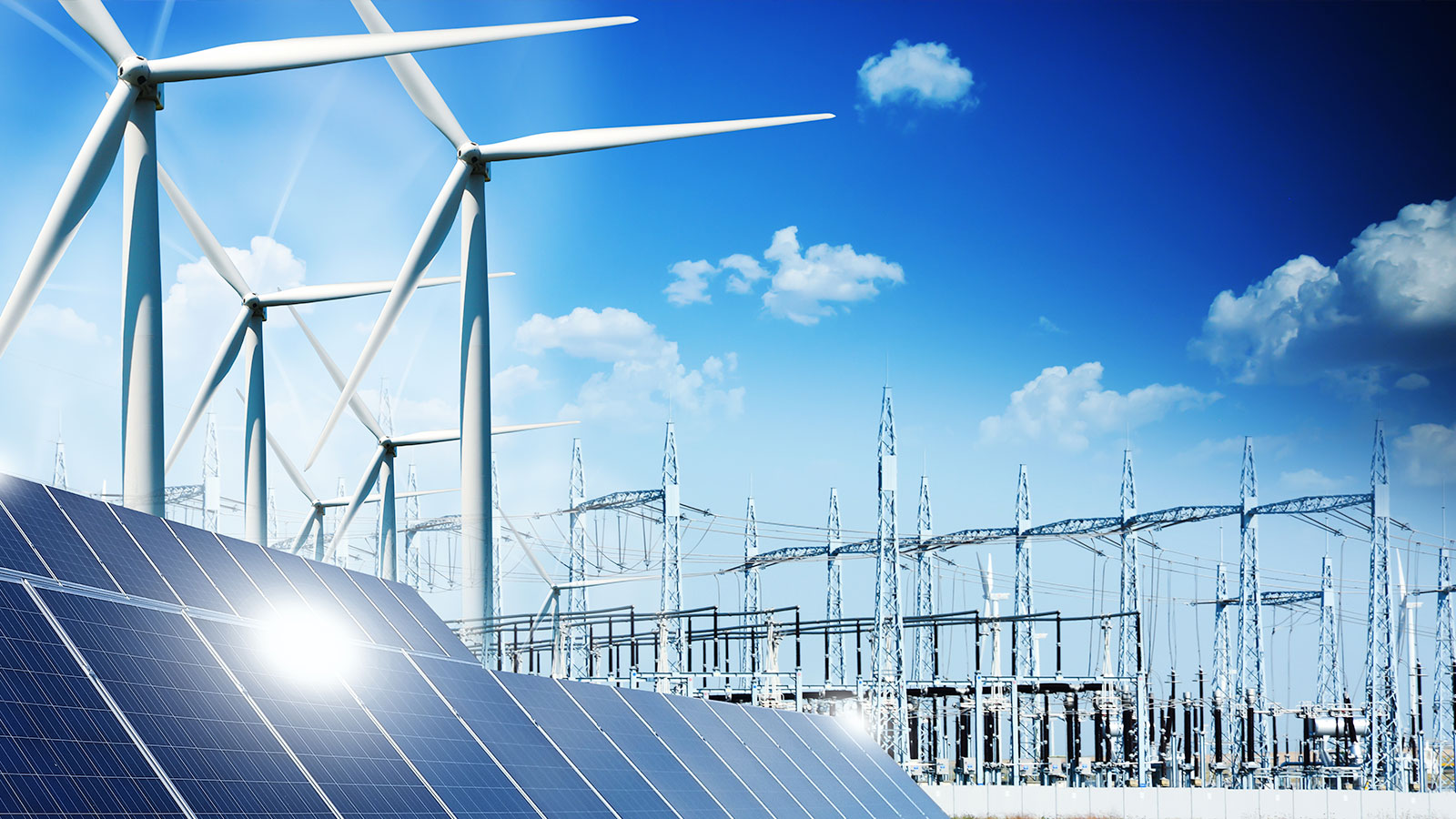Following what it calls a ‘decade of stagnation’, the International Energy Agency has warned that investment in the global electricity grid needs to increase to more than $600 billion a year if we have any hope of meeting climate targets or supporting energy security.
The warning from the International Energy Agency is the starkest yet, with the association making it clear that without upgrades to the electricity grid, net zero simply won’t be possible. It notes that even now, electricity grids are struggling to keep pace with clean energy technologies, with “at least 3,000 GW of renewable power projects waiting in grid connection queues globally.”
But how can the electricity grid catch up to the explosive growth in clean energy technologies? Well, the IEA says that it’ll need investment in new grid infrastructure – a lot of investment.
According to the IEA, to have any hope of achieving all national climate and energy goals, around 80 million kilometres of power lines will need to be added or replaced by 2040. That is an amount equal to the entire existing global grid – so it’s no small feat.
The IEA estimates that building out the grid to be fit for the next generation will require countries to double their annual investment in the electricity grid to more than $600 billion a year by 2030.
For its part, National Grid has laid out plans to increase investment in the UK’s electricity grid – promising £54 billion of investment towards upgrading the electricity network so that it can accommodate the growth coming from the UK’s offshore wind industry. This represents the biggest investment since the 1960s, but also may not be enough.
The International Energy Agency name dropped the UK in its report as making particularly “slow progress in transmission projects connecting areas with strong variable renewable resources.” It also notes that this slow progress has led to high variable renewable energy shares translating into high rates of curtailment. This is an issue that was recently explored by the Electricity Networks Commissioner, Nick Winser, who suggested that new power lines in the UK could be built in half the time with the required reforms.
Despite being slow to build out its grid, the IEA did praise the UK for its “well-structured local flexibility market, with all the DSOs participating.” This appears to be an area that National Grid will increasingly lean into in the future to help it manage growing demand for electricity – especially as it tries to get a grip on the seemingly ever-growing queue for connections.
“The recent clean energy progress we have seen in many countries is unprecedented and cause for optimism, but it could be put in jeopardy if governments and businesses do not come together to ensure the world’s electricity grids are ready for the new global energy economy that is rapidly emerging,” said IEA Executive Director Fatih Birol.
“This report shows what’s at stake and needs to be done. We must invest in grids today or face gridlock tomorrow.”
David Hall, VP of Power Systems at Schneider Electric UK & Ireland, commented on the report from the IEA, “In the transition to net zero, actions speak louder than words. Conversations about diversifying the UK’s energy system have been ongoing for decades, yet the UK is still on the back foot when it comes to energy resiliency. Projects to support the energy transition are being rolled out at a fraction of the necessary pace required to support modern day energy demands.
“To keep up with the rapid pace of change, utility companies are under increasing pressure to accelerate the connection of low carbon technologies to the grid, enhancing grid flexibility. To achieve this, there is an urgent need for improved planning to enable a more rapid integration of renewables into the energy mix and provide greater incentives for long term energy storage. This in turn will boost private investment and speed up the UK’s commitment to a net zero electricity system by 2035.”

